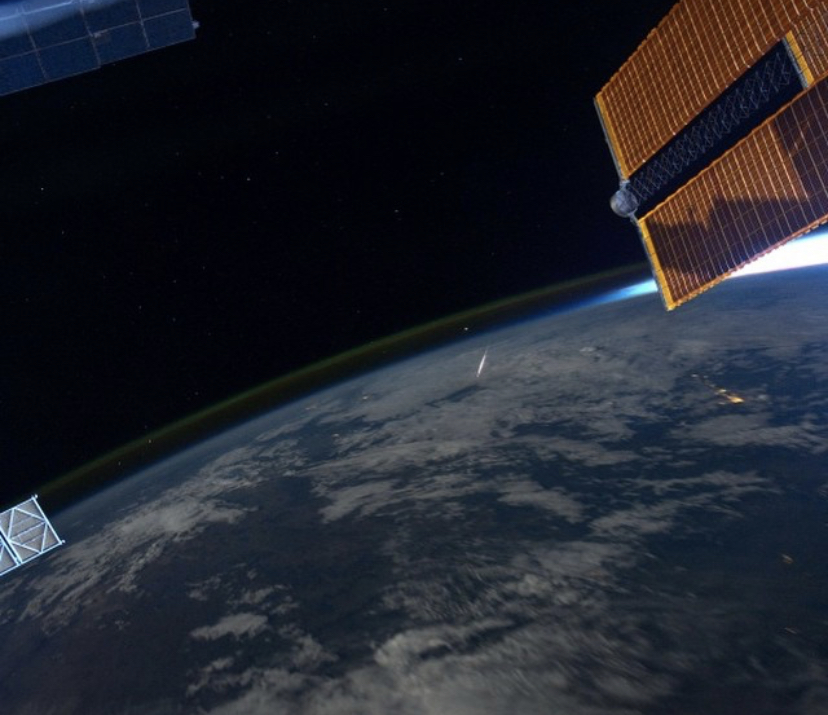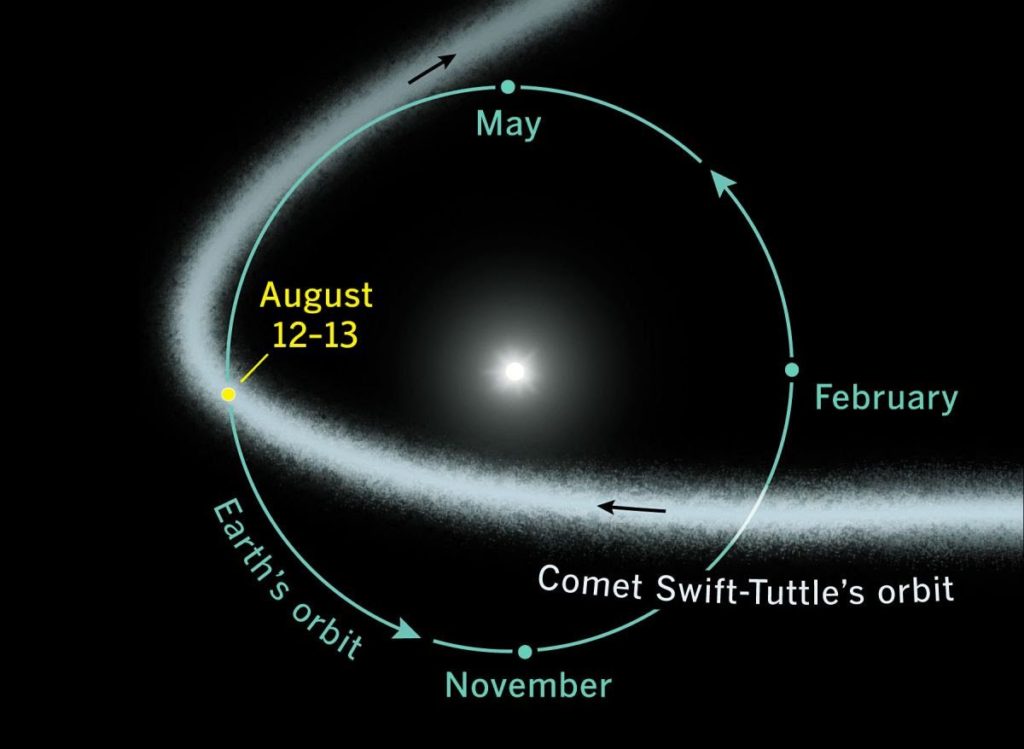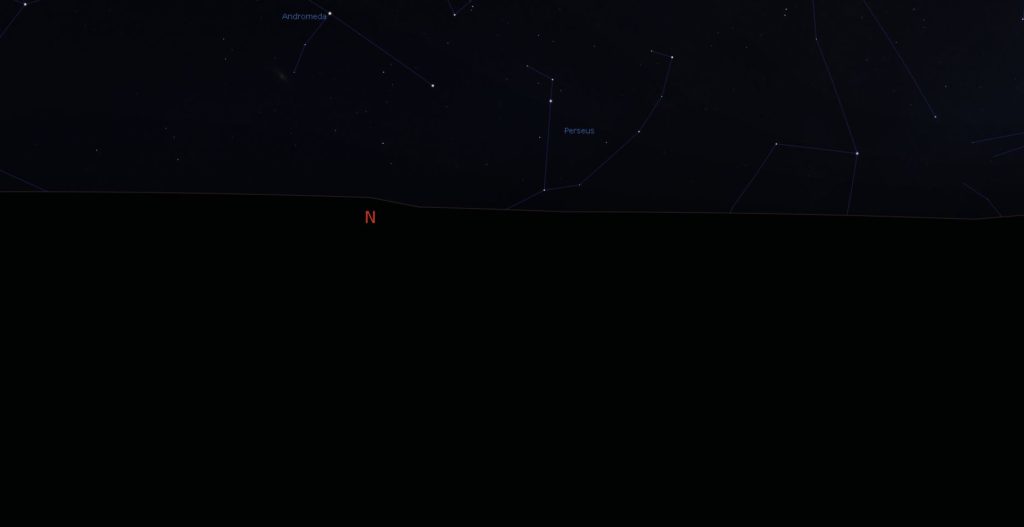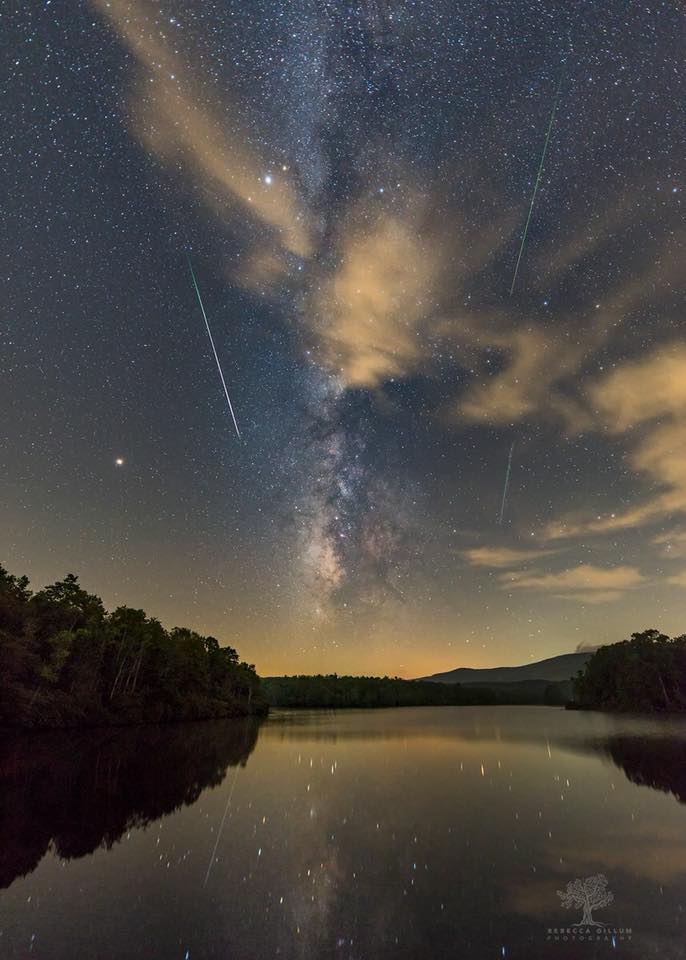The Perseids Meteor Shower
A massive meteor shower, the Perseids Meteor Shower, is peaking right now.
How can you see the shooting stars in Australia?

The perseids is happening again, as the left over dust and rocks from a massive comet hits Earths atmosphere.
This year, the famous meteor shower peaks between the night of August 12th and in the morning, pre daylight hours of August 13th.
From Australia’s position in the Southern Hemisphere, the peak will be best seen on the night of August 13 to August 14.
The best viewing time will be in the pre-dawn hours from 3am-6am looking north-east to the horizon.
At temperate latitudes in the Southern Hemisphere, the radiant of the Perseid meteor shower never gets very high in the sky, we’ll show you where to look below, EarthSky says.
For those keen to try their luck with photos, a wide aperture and the highest ISO the camera can go without introducing too much noise is best.
Shutter speed should be limited to 30 seconds unless you want to capture star trails, the West suggests.
The farther out from the city you are the better, with light pollution reducing the ability to see shooting stars from the Perseid meteor shower.
The Royal Astronomical Society in the UK said: “The Perseid meteors seem to come from a single point, the `radiant’, situated in the constellation Perseus, giving the shower its name.

Video: Perseid Meteor Shower
The annual Perseid meteor shower is underway, as seen in this time-lapse video from Saturday night.https://t.co/sNwdsZOzk9 #Perseids #darksky #astrophotography #MonoBasin #easternsierra #California #NikonNoFilter #D850 #StormHour #astronomy pic.twitter.com/uwTunReUk8
— DSLR astronomer (@DSLRastronomy) August 6, 2019
“This is however just an effect of perspective, as the meteors move parallel to each other, much like drivers see when driving in heavy rain.”
The Perseid Meteor Shower is the legacy of the Swift-Tuttle Comet, which at 26km across is the largest object to regularly pass the Earth. The meteors in this shower seem to radiate from the constellation Perseus, giving it its name.
This is where the radiant will be in Sydney, estimated at 4am AEST, 13 August. It actually sits below the horizon, in the middle of this image:

Thanks to Lifehacker and Evening Express
Earlier Story: Perseid Meteor Shower
Updated Story on the meteor shower this week.

